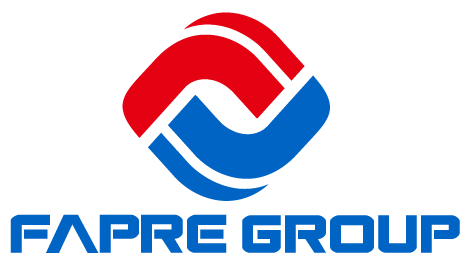NEWS CENTER
Gym flooring, often overlooked, plays a crucial role in shaping the user experience, protecting equipment, and ensuring long-term maintenance of the space. Whether for a commercial gym or a home workout area, selecting the right flooring is the first step in creating an ideal training environment.
The Functional Importance of Gym Flooring
Protecting Floors and Equipment
Gym equipment like dumbbells and barbells frequently comes into contact with the floor. In weightlifting areas, dropped equipment can cause significant damage. High-density rubber gym flooring excels in shock absorption, minimizing the impact and extending the lifespan of both the floor and the equipment.Enhancing Safety
Slip resistance is critical for user safety. High-quality gym flooring features textured surfaces or specialized coatings that provide sufficient traction, even when sweat or moisture is present. Additionally, the elasticity of rubber flooring reduces joint impact during exercise, lowering the risk of injuries.Noise Reduction
Noise from equipment use and physical activity can disrupt the gym environment. Rubber flooring’s sound-dampening properties effectively reduce noise transmission, creating a quieter workout space. This feature is particularly valuable in multi-functional areas and residential gyms.
Flooring Choices for Different Gym Zones
Weightlifting Zones
These areas require flooring capable of withstanding heavy impact. Thick, high-density rubber flooring is recommended due to its durability, slip resistance, and superior shock absorption, which protects against the force of dropped weights.Cardio Zones
Cardio equipment like treadmills, ellipticals, and stationary bikes demand flooring with strong anti-vibration and load-bearing capabilities. Durable and pressure-resistant rubber roll flooring is ideal for these spaces.Functional Training Areas
For flexible and versatile workout zones, interlocking tiles are an excellent choice. They are easy to install, customizable in design, and allow for quick adjustments to the layout as needed.Rest and Reception Areas
To enhance aesthetics and comfort, rest areas can use PVC flooring in various colors and smooth textures. This material is easy to clean and creates a welcoming atmosphere.
Maintenance and Care of Gym Flooring
Even high-quality gym flooring requires regular maintenance to preserve its performance and appearance. For daily cleaning, use a neutral detergent and soft cloth to avoid damage from strong acidic or alkaline chemicals. For heavily soiled areas, a pressure washer can be used. Regularly inspect the edges and seams of flooring to ensure they remain secure, preventing safety hazards.
Eco-Friendly Options: A Sustainable Choice
With growing awareness of environmental sustainability, many gyms now prefer flooring materials that can be recycled. For instance, eco-friendly rubber flooring made from recycled tires not only reduces environmental waste but also offers excellent performance characteristics.
Conclusion
Gym flooring is not just a decorative element but a vital component that protects users, enhances the exercise experience, and ensures long-term value. When choosing flooring, it is essential to consider functionality, suitability, and sustainability to create a safe, comfortable, and professional workout environment. Whether for a commercial gym or a private fitness space, investing in the right flooring is a crucial step toward achieving lasting value.
